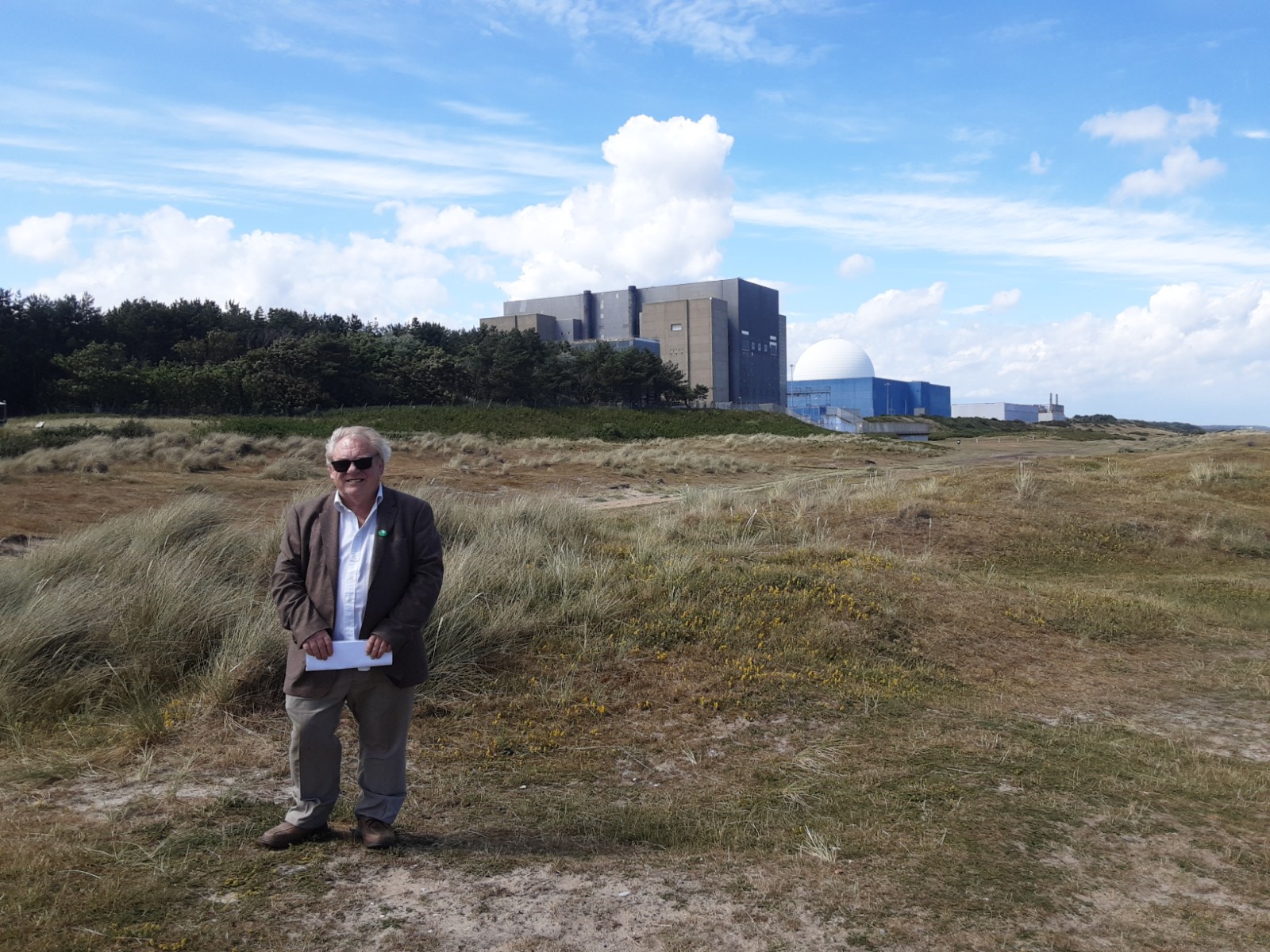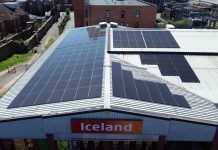Energy secretary Kwasi Kwarteng has overruled fears over bird preservation and water management at Sizewell C, granting permission yesterday instead for the £20 billion nuclear project to go ahead.
EDF’s twin-reactor 3.3GW PWR plant on the Suffolk coast has been ten years in design and permitting. Its first output is timetabled for 2033, when it promises to supply up to 7% of the UK’s power.
D-BEIS’s grant yesterday of a Development Consent Order (DCO) had been twice this year held up, as national overseers at the Planning Inspectorate checked design changes.
Yesterday’s approval for Britain’s first planned new nuclear generator after debt-burdened EDF’s Hinkley C, remains itself the subject of a six week consultation. Water supply, desalination, drainage and the fate of bird habitats are the likely focus for lingering objections.
Once construction begins, up to 15,000 jobs are expected to be created.
Revived nuclear power leapt in April up the government’s priority list, when Whitehall’s energy security review announced an ambition to start a new station every year this decade. Labour had publicly committing itself a month earlier to the Suffolk project.
Nuclear’s worldwide history of exorbitant cost overruns and late delivery are prompting Britain’s government to seek new funding strategies. Whitehall’s solution for Sizewell C and beyond is the Regulated Asset Base model, intended to make the technology more attractive to private investors.
In January the energy secretary announced £100 billion of “pump-priming” government support for nuclear investment, carefully saying the cash did not amount to direct investment.
Less welcome among investors in Sizewell C is Beijing-controlled CGN, whose 20% interest D-BEIS is seeking to buy out. The ministry has hired Barclays to find alternatives.
Opposition to Sizewell C endures. About 1,000 protestors lodged submissions during a six month consultation ending last October.
“Not only will we be looking closely at appealing this decision, we’ll continue to challenge every aspect because . . . it remains a bad project and a very bad risk,” Alison Downes of the Stop Sizewell C campaign, told the Financial Times.
David Blackburn, chair of Nuclear Free Local Authorities, pictured above at Sizewell, decried the project as “a monumental modern folly.”
“Near identical Hinkley Point C is now ten years late and will cost EDF Energy, according to the company’s own estimates, at least £26 billion, way over the original budget”, said Blackburn.
“Recent research by the University of Greenwich Business School has predicted that Sizewell C could cost up to a whopping £44 billion and take up to 17 years to build,” the Green party councillor from Leeds said.
EDF welcomed D-BEIS’ decision. Carly Vince, its chief planning officer on the project, thanked thousands of supporters in East Suffolk, adding D-BEIS’s DCO is “a big endorsement of our proposals and supports our view that this is the right project in the right place”.
The approval comes two weeks after France’s government announced it is planning to fully nationalise EDF, amid fears about the electricity giant’s debts, now standing at Euro 60 Billion.





Sizewell C could be replaced by about 7 of Rolls Royce’s small nuclear reactors. Roughly equivalent, in price, to Sizewell C. British and no French ongoing costs.